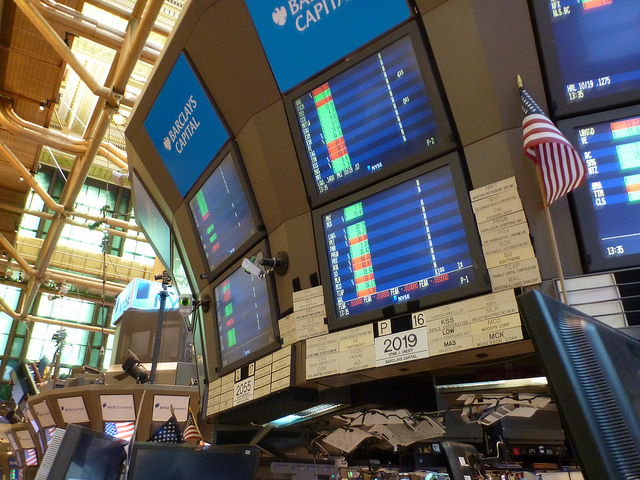Bloomberg has introduced the first tool in the marketplace to help banks and other financial institutions identify covered funds under the provisions of the Volcker Rule. More than a dozen banks are using Bloomberg’s Covered Funds Identification (CFID) tool to automate the process of detecting and tagging covered funds ahead of an upcoming compliance deadline.
Beginning on July 21 of this year, most U.S. banks and foreign banks with U.S. operations must divest ownership interest in, and sponsorship of, covered funds, which include CLOs, CDOs, CMBS and other securitizations. Classifying which third-party instruments are considered covered funds is a challenging and often manual process. While the overarching rule is straightforward, there are many nuances and exceptions that must be considered. In most cases, making the right determination involves a review of prospectuses and deal documents, many of which are not readily available to individual institutions.
CFID uses nearly 30 data fields to automatically extract relevant details from offering documents to classify securities against the requirements of the Volcker Rule covered funds regulations. CFID also provides details about ownership structure, deal type, tranche type, and collateral, as well as an industry-defined decision tree that addresses the Volcker Rule covered fund requirements. When one of more than 200,000 securities incorporated in the tool is viewed on the Bloomberg Professional service, a tag appears indicating whether the security “is a covered fund,” “is not a covered fund” or “legal review required.”
The tool can also help buy-side firms discover market liquidity and price discrepancies for covered funds.
“Banks and other financial institutions are still struggling with the requirements to identify and monitor instruments affected by the Volcker Rule,” said Ilaria Vigano, Head of Regulatory and Accounting Products at Bloomberg. “Working directly with industry stakeholders, Bloomberg developed a way for traders and back office teams to eliminate the need to conduct lengthy manual reviews of portfolios. Now, more than a dozen banks are using our tool to verify which investments are covered and build a compliance program that helps ensure covered funds are not reacquired.”

